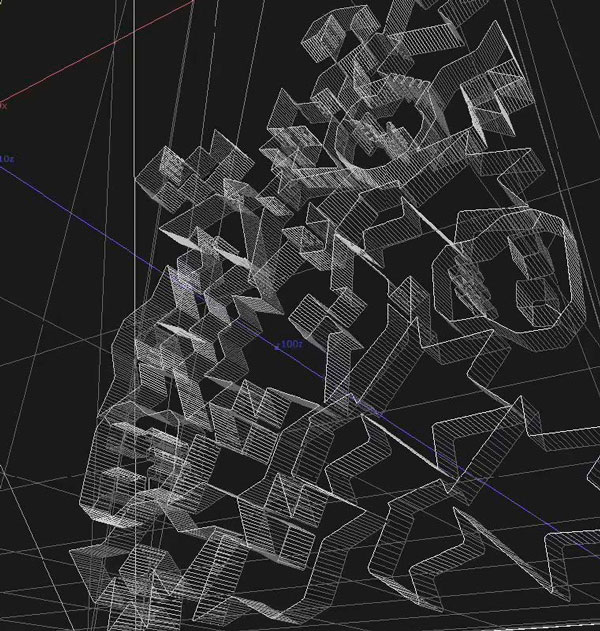
Modular synthesis is a method of sound creation that involves the use of individual individual modules to generate and manipulate sound signals. Each module performs a specific specific function, such as sound wave generation, frequency modulation, filters, effects processors, among many others. These modules connect to each other to create an infinite variety of sounds. Modular synthesis offers great flexibility and control over the sound creation process, allowing musicians and artists to experiment and explore a wide range of sonic possibilities.
This workshop is aimed at anyone who wants to take their first steps in music creation using modular systems. We'll experiment with generative systems, musical musical compositions, sound effects, logical operations, sequencing, quantisation, among many other musical composition concepts within an open architecture system.
Modular synthesisers are made up of modules, each of which performs a different function (oscillators, function generators, signal processors, effects processors, etc.). These modules can be connected to each other via patch cables. These cables carry the analogue signal (which can be an audio signal or a control voltage) from one module to another.
A modular system is an open-architecture system, i.e. all the connections are yet to be made. are yet to be made, leaving it up to the artist to decide on the system's architecture. They are veritable laboratories of voltage, which, when manipulated, results in profound soundscapes, generative percussive rhythms deep soundscapes, generative percussive rhythms or melodies.
VCVRack is a modular simulator, using this platform it's possible to simulate all the sound synthesis paradigms in real time, and experiment with hundreds of very powerful different modules, all of them free of charge.
No previous knowledge of music creation is necessary, everyone is welcome.
The nature of this workshop allows its duration to be adaptable, however there is a minimum duration of 2 hours.
12 to 15 people
12 to 99.
If participants are younger, they must be accompanied by someone to help them.
Each participant must bring a laptop (see NOTE), mouse and headphones, you can also bring MIDI controller/keyboard. If possible, you should bring the VCVRack software already installed.
VCVRack is compatible with Windows, Mac and Linux operating systems.
VCVRack is demanding on computer resources and sound processing is done on the
GPU (graphics card). The computer must be from 2016 or newer, with a graphics card
dedicated.
Minimum 4GB Ram, 1GB free disk space.
If the computer does not meet these requirements, the performance of the VCVRack program will be reduced.
limited and may not even work as desired.
